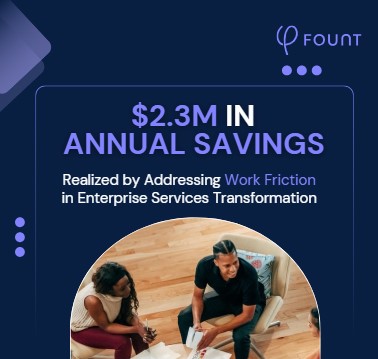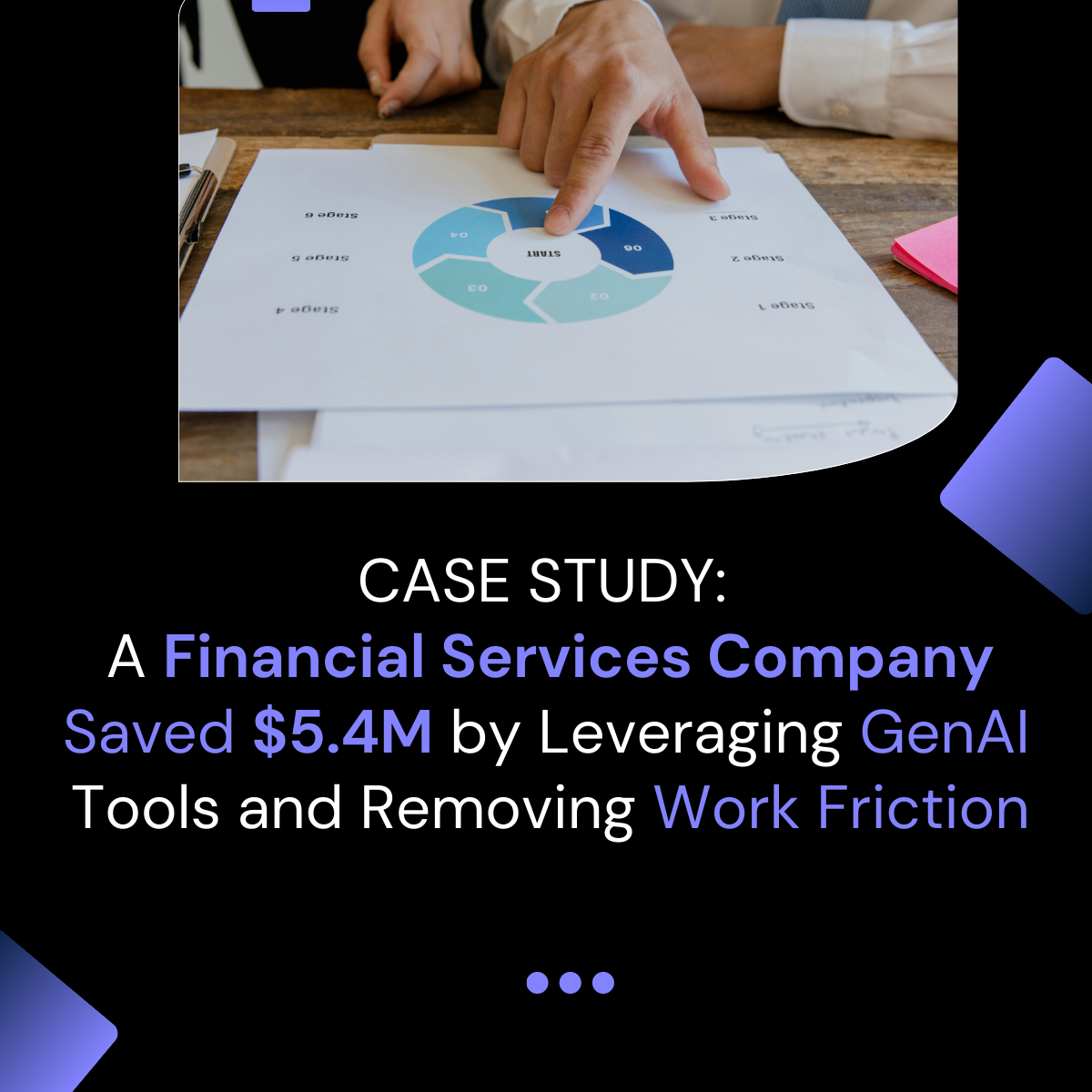Reducing Work Friction Helps Retail Call Center Agents Hate the Holidays Less
This article about reducing work friction in retail call centers was authored by Christophe Martel, originally appeared in the November issue of Connections Magazine.
Today’s retail call centers face a chronic problem: crushing call volumes for most of the calendar year, followed by a holiday spike that threatens to bring the whole operation crashing down.
Many call center leaders are able to make it through. But the unrelenting strain on agents contributes to sky-high burnout and turnover rates. And even in a high-profit season, there’s a real impact to the bottom line.
Call centers need an evergreen solution that eases agents’ burden—not just over the holidays, but throughout the year. One approach: Find and remove sources of work friction in your organization.
Essentially, these friction points keep agents from pursuing their work goals and ultimately from doing their best work. By identifying moments when work friction crops up, you can implement solutions that make the holidays easier for agents to navigate.
In this piece, I’ll define work friction, explain the impact of holiday stressors, and show how leaders can uncover agents’ biggest friction points to prepare for the next holiday season.
Call Centers Already Have a Work Friction Crisis
Chances are your agents regularly experience work friction in the workplace. Think:
- Headsets with stuttering audio
- Software that’s slow to load
- Workflows with multistep approval processes
- Managers that take ten minutes to walk over when they know there’s an angry customer on the line
- Irregular shift patterns that disrupt work-life balance (and increase burnout)
It’s important to note that these friction points aren’t mutually exclusive. In many cases, multiple ones can crop up in a single moment—just picture an agent who’s waiting for an approval page to load while fifth in the queue for their manager’s support. It’s a frustrating experience at best. At worst, an agent can feel immobilized while they’re trying to help a customer.
Over time, work friction takes a serious toll on agents. But there are also steep business costs, such as:
- Flagging productivity and performance: Work friction makes it harder for agents to efficiently execute support tasks and power through call queues. The effect is “wasted work”—to the tune of two hours per worker every day.
- Low customer satisfaction: When agents don’t have the right environment in which to work effectively, customers may not receive the quality of support they expect.
- Hiring and training expenses: High-friction environments drive agent turnover, forcing call centers to invest in expensive hiring and training programs—even if they’re unlikely to see long-term returns on that investment.
To mitigate these costs, many call centers have tried and tested dozens of short-term solutions: chatbots to defray call loads, performance incentives to boost morale, etc. More often than not, though, these solutions amount to applying Band-Aids. They don’t actually heal the work friction infecting employees’ work lives. And during the holiday season, the worst symptoms of work friction start to show.
Work Friction Snowballs during the Holidays
There’s a good chance you remember the headlines about Southwest Airlines’ colossal failure last year. Several major friction points—legacy staff scheduling software, a point-to-point flight model, and a historic regional blizzard—combined at the peak of the holiday season
Flights were canceled due to severe weather. Flight crews couldn’t view their next assignments. Customers were stranded in airports. And Southwest’s call centers couldn’t handle the influx of calls from all sides. The result: nearly 17,000 cancellations and a total airline meltdown.
This is a real-world example of how regular work friction can quickly snowball over the holidays. And while most retail call centers won’t face the same challenges as Southwest, the holiday crush does mean thousands more inbound calls and messages about:
- Billing issues
- Order delays
- Return processing
- Technical support
A huge chunk of these calls are likely to happen during Cyber Week, which claims roughly 25 percent of ecommerce holiday sales. But the tail often extends into January as customers set up new devices or return clothes that don’t fit.
This extra load can push even a well-oiled call center to its limit. In high-friction workplaces, though, the impact can be devastating.
Picture, for instance, a call center that’s relying on a new AI assistant to help triage customer support requests. The AI works fine under standard conditions, but it’s not equipped to handle the number of requests during Cyber Week.
The AI might take several minutes to process a batch of requests. Or route customers to agents at unpredictable intervals, creating a hard-to-manage queue. It might even buckle completely—leaving customers and agents hanging while the system reboots.
Of course, this is just a single friction point. There’s a good chance agents will experience several at once. During the holiday season, compounding friction points can have a snowball effect—and can quickly bring an operation to its knees.
All of this might sound like doom and gloom so far. But there’s a way for call center leaders to rein in the work friction crisis and make the holidays easier to manage. The next section has the details.
To Find Friction Points, Talk to Agents
To create a frictionless call center environment, leaders have to identify the biggest sources of friction and design a sustainable strategy to eliminate them. The best place to start? Ask agents where they see friction every day.
I can’t emphasize this part enough. As leaders, it’s easy to brainstorm solutions based on our own industry knowledge. But work friction is a problem that frontline workers know best. Without their firsthand perspective, there’s no way to define work friction at your organization—and any problem solving amounts to a guessing game.
In my experience, short, targeted surveys are one of the most effective ways to learn when work friction occurs and exactly how it impacts workers. They’re also a helpful tool for tracking how effective solutions are over time.
Of course, this approach is a long-term investment. Don’t have time for that in the thick of the holiday season? Even asking a handful of agents about their work friction experience can yield helpful insights (e.g., that Slack or Teams messages are overwhelming agents on top of high call loads). You can use these data points to uncover low-hanging fruit (such as implementing a few seasonal norms that limit nonessential communication).
The bottom line: By talking to agents about work friction, you can learn what’s gumming up agents’ workflows and reduce headaches during the holiday season.
Reducing Work Friction Has Benefits Long after the Holidays
For retail call centers, work friction has an outsize impact on holiday operations. But the truth is that a high-friction environment isn’t healthy at any time of year. And as long as work friction persists, call centers will continue to suffer from low productivity, high turnover rates, cratering morale, and more.
It’s time to take the work friction crisis seriously. The sooner leaders can make work smoother for agents, the sooner they’ll reap the benefits year-round.
To learn more about reducing work friction for retail call center agents at your organization, book a demo to see FOUNT in action.

Christophe Martel is cofounder and CEO of FOUNT Global, Inc., a SaaS company that helps global organizations reduce work friction and improve employee experiences. Christophe has held a range of business leadership roles, including heading the EMEA region of CEB, a global research and advisory company, and serving as CHRO in the leadup to the company’s acquisition by Gartner in 2017.
Related Resources
See all News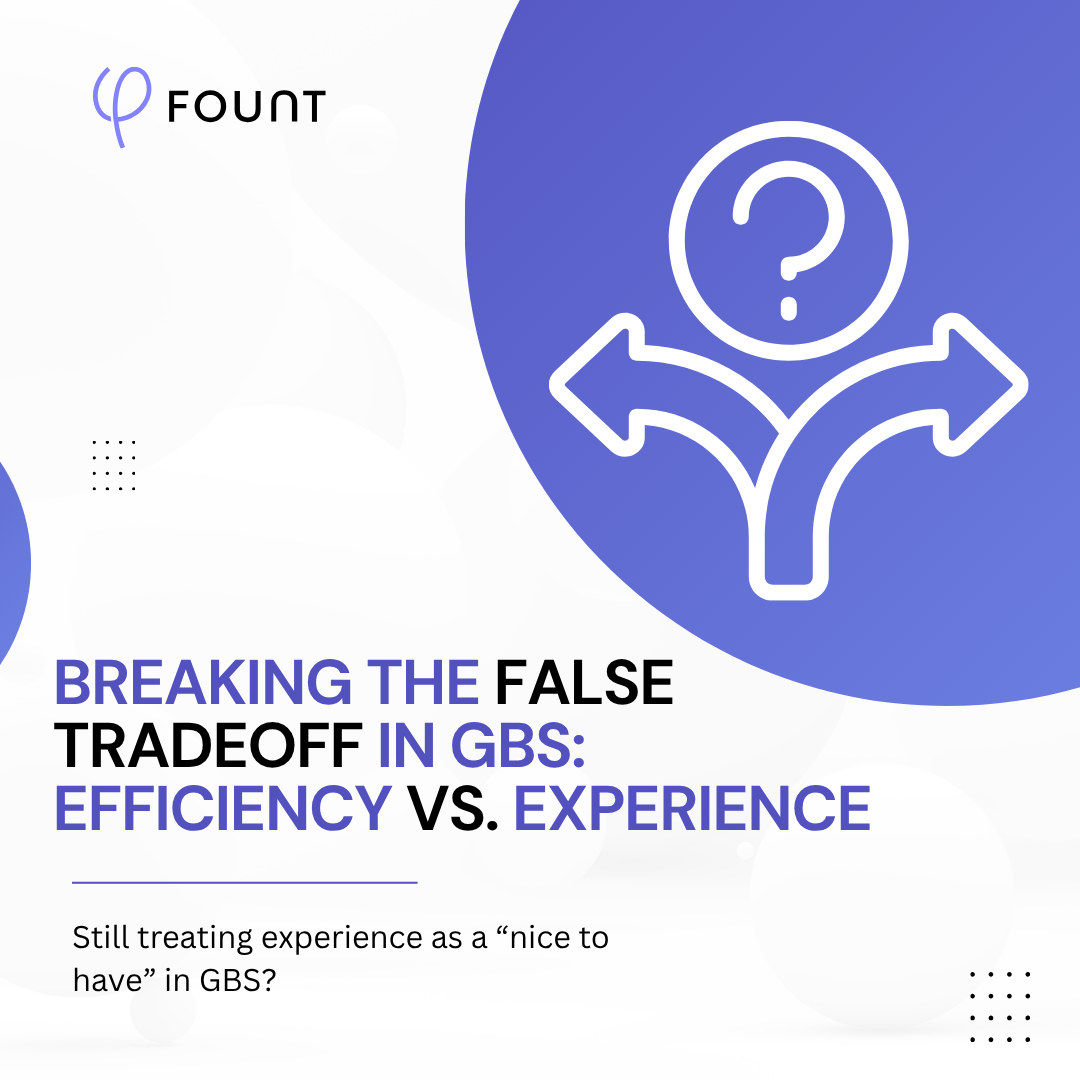
Insights
Breaking the False Tradeoff in GBS: Efficiency vs. Experience

Events
LIVE Webinar – July 9th for SSON Network. Beyond AI Hype: How to De-Risk Your GBS Transformation with Friction Data

Insights
To Create New Value, GBS Leaders Need Different Data
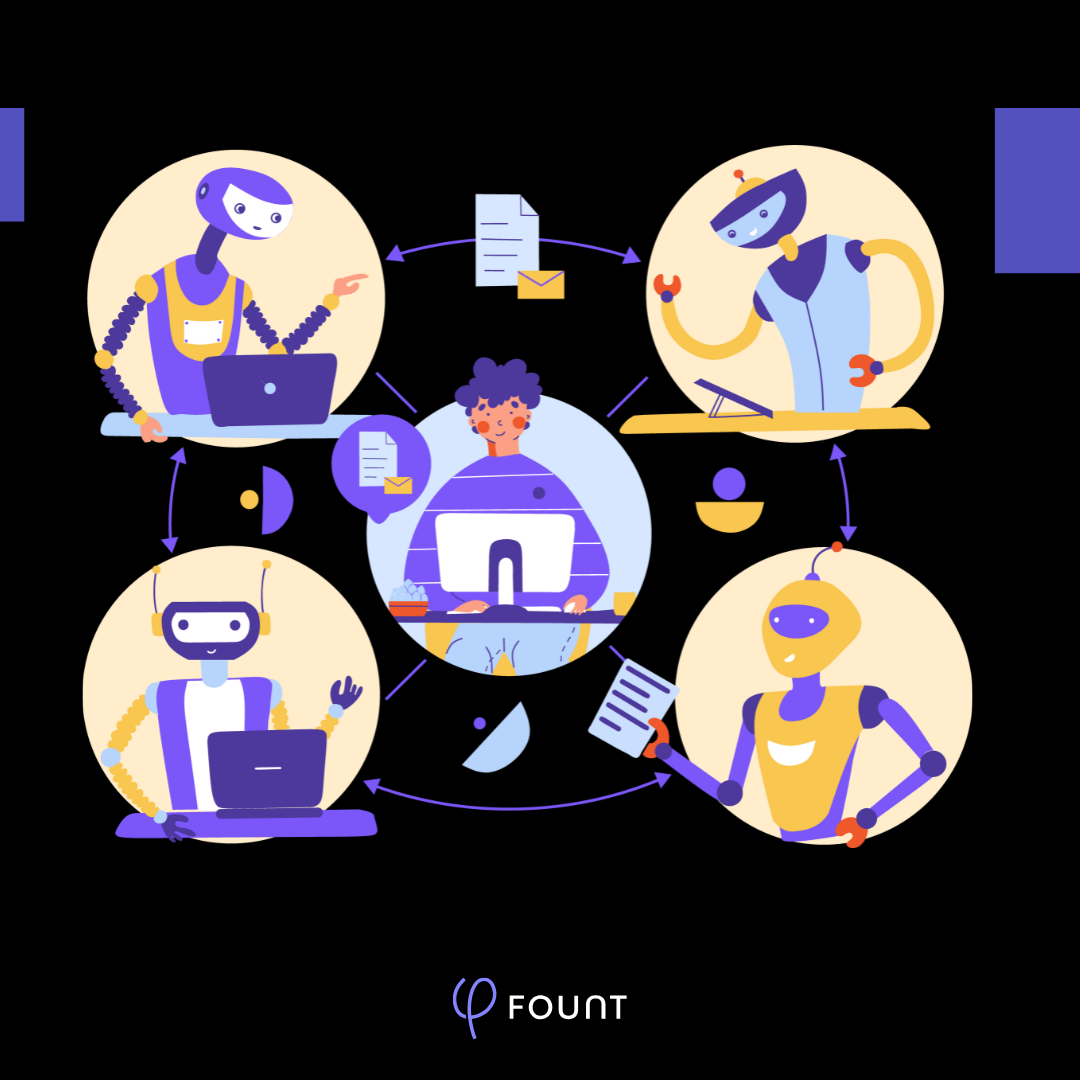
Insights
How to Keep Up with the Latest AI Developments
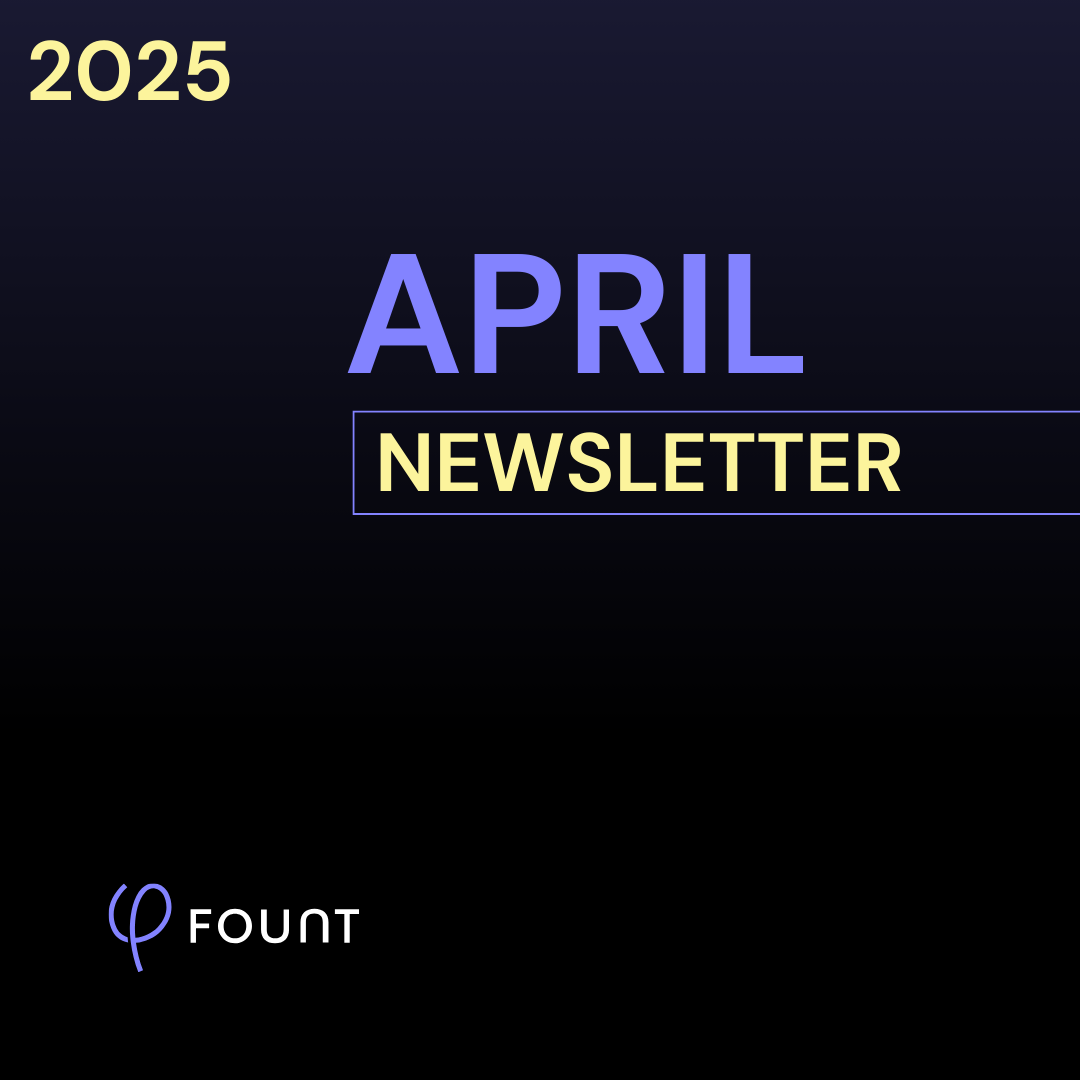
Insights
APRIL Newsletter. Friction: You Can’t Improve What You Can’t See

Guest Post
AI is Reshaping the HR Operating Model: Here’s What 15 Leading Companies Discovered
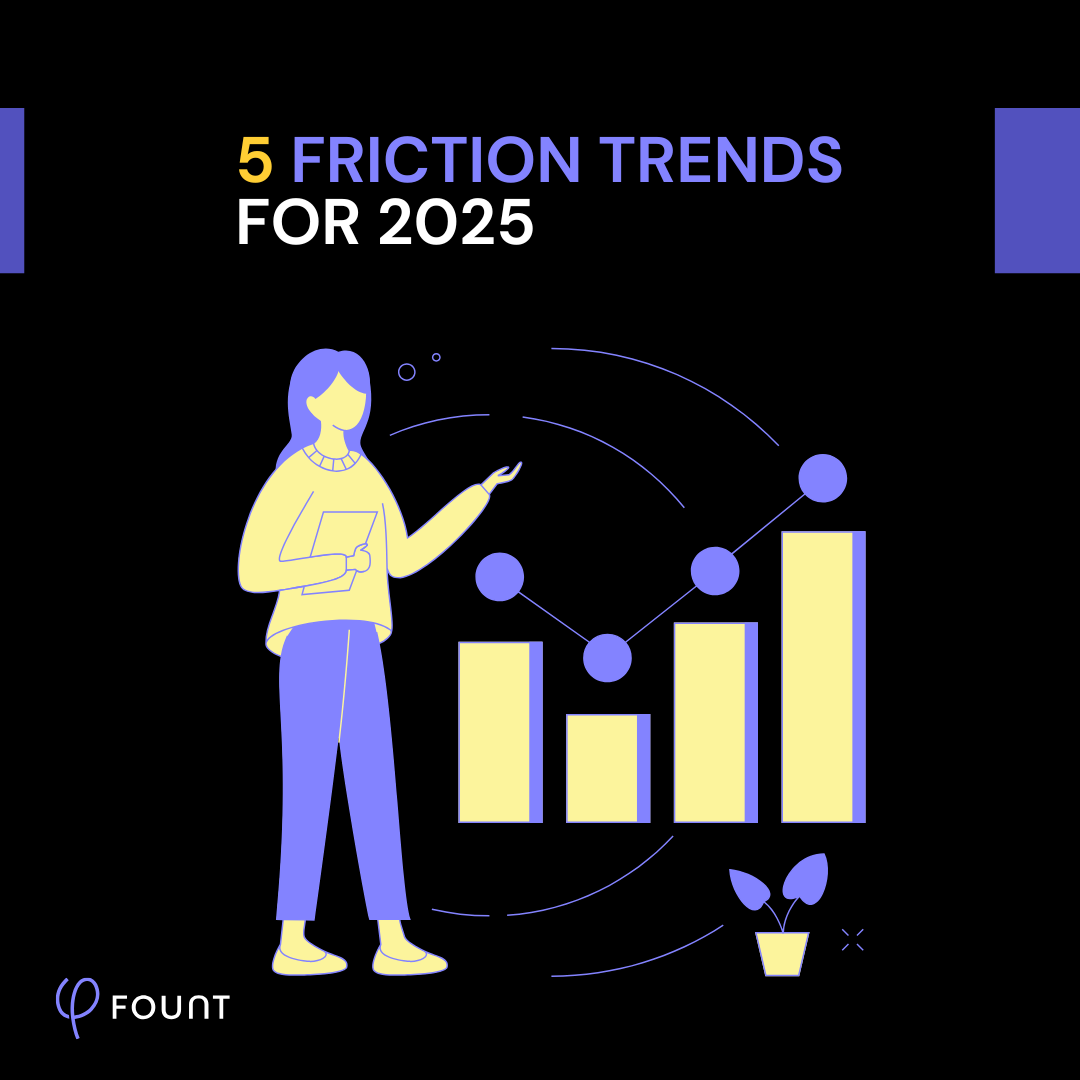
Insights
5 Friction Trends for 2025
Research
WHITEPAPER: Work Friction
